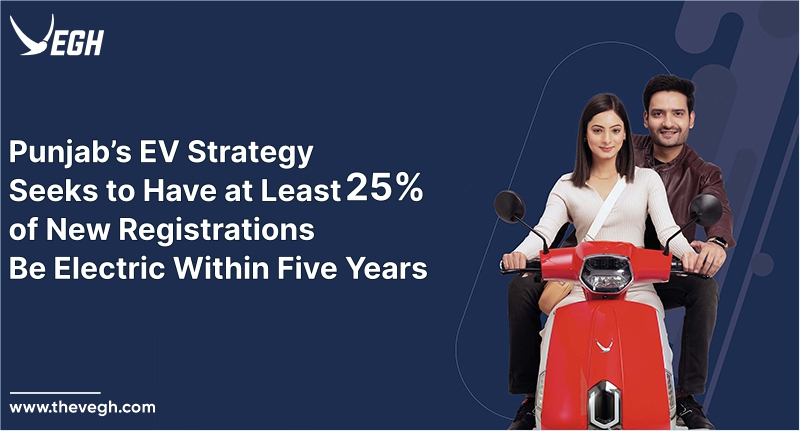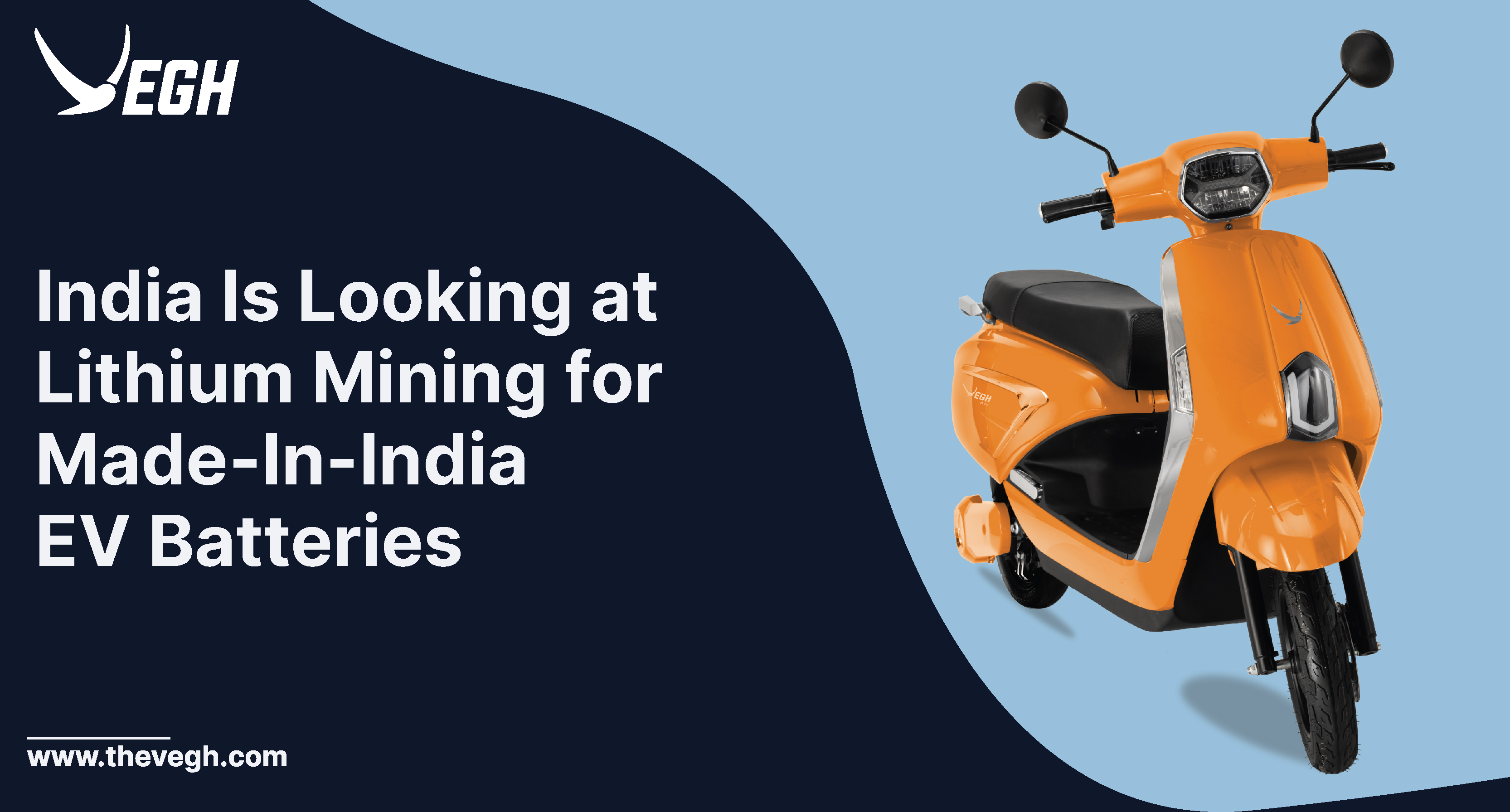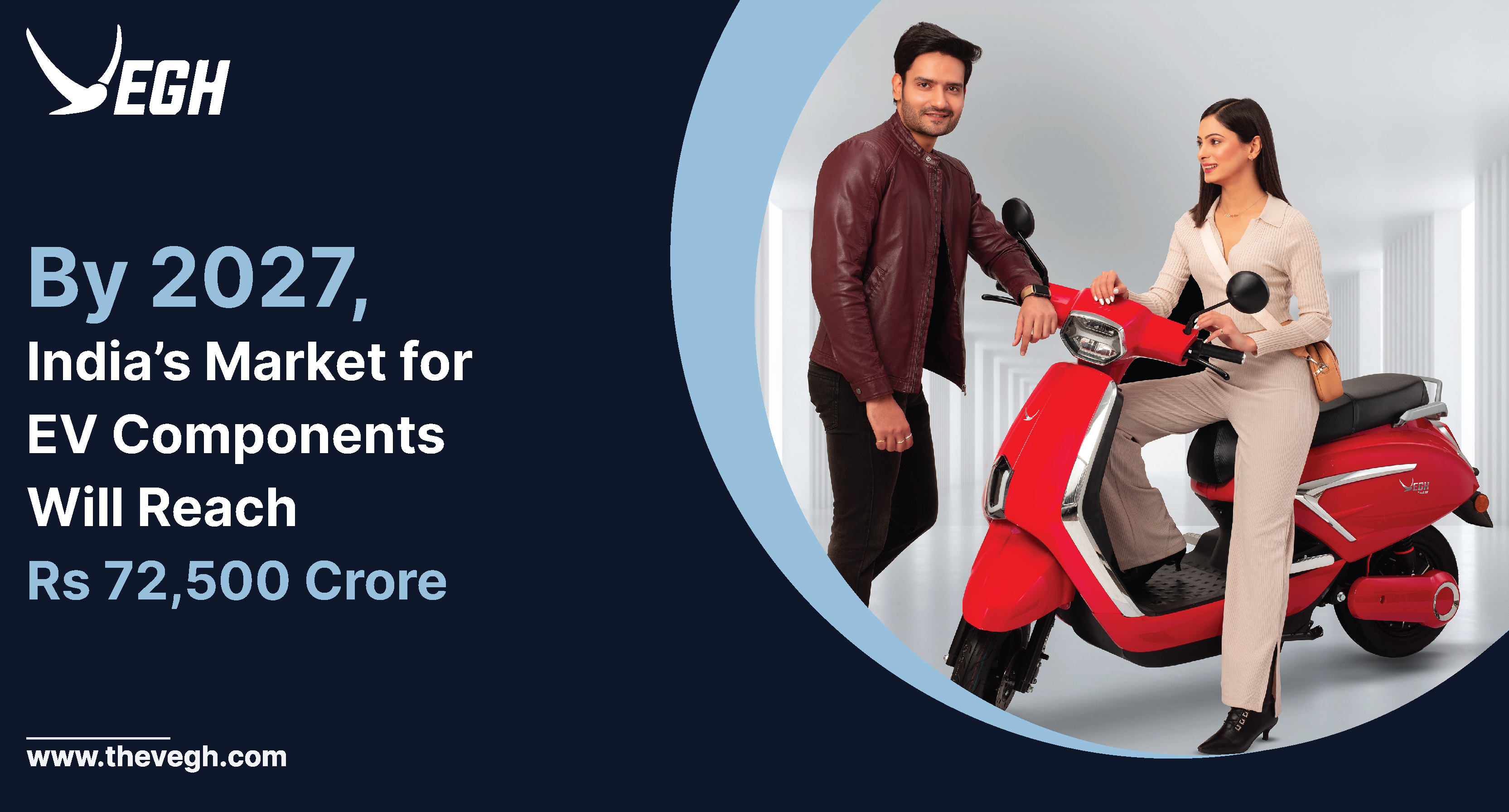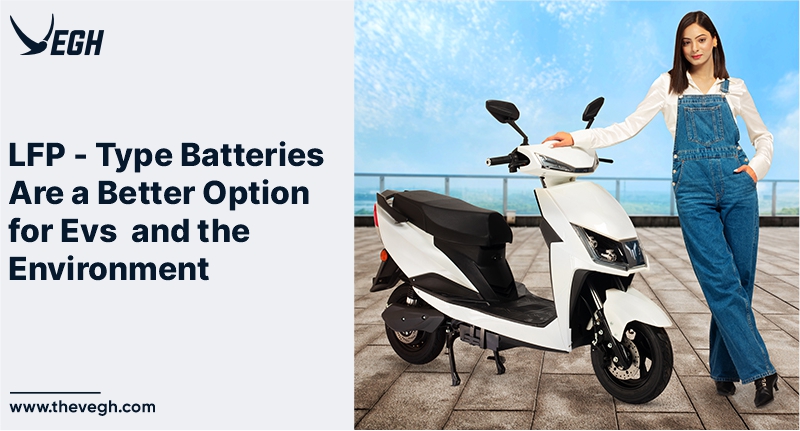
“Punjab govt is rolling out its EV policy for the next 5 years with Y-o-Y review plan. The objective of this policy is to be the part of the central government’s EV policy and reduce the carbon emission of the state.”
At least 25% of new vehicle registrations each year are expected to be electric by the end of the five-year Punjab EV policy’s implementation phase.
The state government’s devoted strategy is to promote electric cars (EVs) and EV component production and to boost EV adoption in the state with a focus on cleaner mobility and jobs since it recognizes the potential of EVs as a long-term sustainable solution. The policy’s goals are intended to influence numerous UN Sustainable Development Goals both directly and indirectly (SDGs).
According to notification G.S.R. 525(E) dated August 2, 2021, Rule 81 of the Central Motor Vehicles Rules, 1989 will also exempt electric vehicles (EVs) from paying fees for the issuance or renewal of registration certificates. The Punjab EV policy will undergo a thorough review each year and is effective for 5 years from the date of notification. Unless specifically stated or otherwise notified, the incentives will only be continued for the policy period. With the appropriate notices, the Department of Transportation may change any other provisions in this policy, including the policy period.
By the End of the Policy, The Policy Will:
• Reduce vehicle emissions;
• By the end of the policy, the policy will: • Reduce vehicle emissions; •
• Promote Punjab as a preferred location for producing batteries, parts, and electric vehicles.
• Become a center for R&D on electric cars under the direction of a Center of Excellence (CoE).
• Facilitate the introduction of academic training programmes, vocational (skilling and up-skilling) training, and job development initiatives to meet the human resource requirements of the EV ecosystem.
• Promote recycling and reuse of used batteries to reduce environmental harm.
The bus, taxi, LCV, 3W, and 2W vehicle sectors produce the greatest emissions in these cities. Adoption of EVs in these markets would significantly reduce vehicle emissions. The Punjabi government is aware that encouraging adoption in these markets would necessitate providing incentives for lowering EV costs and creating a sufficient infrastructure for charging them. The goal of this strategy is to promote the use of two-wheelers through financial incentives, encourage the use of electric vehicles for public, shared, and commodities transportation (such as buses, taxis, LCVs, and 3W), and provide sufficient arrangements for EV charging infrastructure.
E-two-wheelers: From 2013 to 2019, more than seventy-six percent (76%) of new vehicle registrations in the state were for 2Ws (motorcycles, mopeds, and scooters). This strategy seeks to dramatically raise the share of e-2Ws to 25% of new sales over the policy period. Commercial fleet & delivery firms will be urged to achieve a maximum transition towards electric in ‘target cities’ in a stepwise way in order to boost the adoption of EVs in last-mile delivery services. A purchase incentive of INR 3,000 per kWh of battery capacity will be given each vehicle, up to a maximum incentive of INR 10,000/- per vehicle, to the first 1,00,000 registered owners of electric two-wheelers in addition to the incentives under the FAME phase-II plan.
E-cycles: With over 10 million units manufactured annually, the state has been the main manufacturer and exporter of cycles in the country. The recent announcement by the Indian government to include e-cycles in the Performance Linked Incentive (PLI) programme will provide the industry the much-needed boost. If an e-cycle meets the performance and eligibility requirements, such as having a speed limit of 25 km/h, weighing no more than 60 kg when empty (excluding the weight of the battery), having a minimum range of 20 km for passenger e-cycles and 40 km for cargo e-cycles, and being powered by an advanced battery, the policy will offer purchase incentives to e-cycles in the state (as per FAME-II)
E-3W Electric Vehicles In Punjab, 36,839 passenger 3Ws were sold in total between FY14 and FY21, with more than 75% of the fleet being diesel-powered. This scenario offers a compelling chance to transition from diesel to electric vehicles. With the help of this policy, new sales of e-autos are expected to rise dramatically in the target cities during the program’s lifetime, reaching 25% of all new vehicle sales.
Fleet owners will be able to acquire and hold e-auto licenses as long as they follow the regulations set down by the Punjabi government’s Department of Transport. A purchase incentive of INR 3,000 per kWh of battery capacity shall be paid to each vehicle in addition to the incentives under the FAME phase-II programme, with a maximum incentive of INR 30,000 per vehicle to the first 10,000 registered owners of electric auto-rickshaw (e-auto).
E-Carts & E-Rickshaws: There were 2548 registered e-rickshaw sales from FY’14 to FY’21. A purchase incentive of INR 3,000 per kWh of battery capacity will be given to each vehicle, up to a maximum incentive of INR 30,000/- per vehicle, to the first 10,000 registered owners of e-rickshaws in addition to the incentives under the FAME phase-II plan. Only single buyers and one E-rickshaw per buyer will be eligible for the purchasing incentive on an e-rickshaw.
The first 5,000 registered owners of an e-cart will receive a purchasing incentive of INR 3,000 per kWh of battery capacity, up to a maximum incentive of INR 30,000 per vehicle. Fleet owners are permitted to take advantage of the e-cart purchase incentive.
Electric light commercial vehicles (L5N and N1 category): These vehicles are excellent for low-capacity use as goods haulers. The policy acknowledges their significance and will work to encourage a quick electrification of this vehicle category. The first 5,000 registered owners of e-LCVs (L5N and N1 category vehicles) would get a purchase incentive of INR 3,000 per kWh of battery capacity, up to a maximum incentive of INR 30,000 per L5N category vehicle and INR 50,000 per N1 category vehicle.
The first 2,500 garbage collection vehicles (excluding vehicles eligible for the incentive under 3.1.5.1) shall be eligible for the applicable purchase incentive of INR 5,000 per kWh of battery capacity (not exceeding INR 50,000 per vehicle); these vehicles could be of L5N and N1 categories.
Buses: Almost 90% of Punjab’s bus fleet is currently powered by diesel. The goal of the policy is to gradually replace 25% of Punjab’s bus fleet over the next three years in order to get rid of the outdated vehicles. The Department of Transportation would designate: City Bus fleets within target cities to be considered for transition to EV; High Volume Intercity Bus Routes to be Considered for Transition to EV on Priority; Private bus operators would be encouraged to employ electric buses on designated routes, while PUNBUS/PRTC would be encouraged to purchase and operate electric buses. The state would make an effort to take part in any and all e-bus aggregation programmes offered by the Indian government as part of its FAME phase-II programme.
“An encouraging step for the industry is the Punjab Government’s decision to provide a purchase incentive of INR 3000 per kWh (Max. incentive of INR 10,000 per vehicle) of battery capacity per vehicle to the first 1,00,000 buyers of EV 2-wheelers and INR 3000 per kWh (Max. incentive of INR 30,000 per vehicle) to the first 10,000 registered electric auto rickshaws. Additionally, the government has offered comparable benefits to light commercial vehicles (L5N and N1 Category), paving the door for India to become the world’s leading EV market “Founder of the EV manufacturing company OSM, Uday Narang, remarked.









